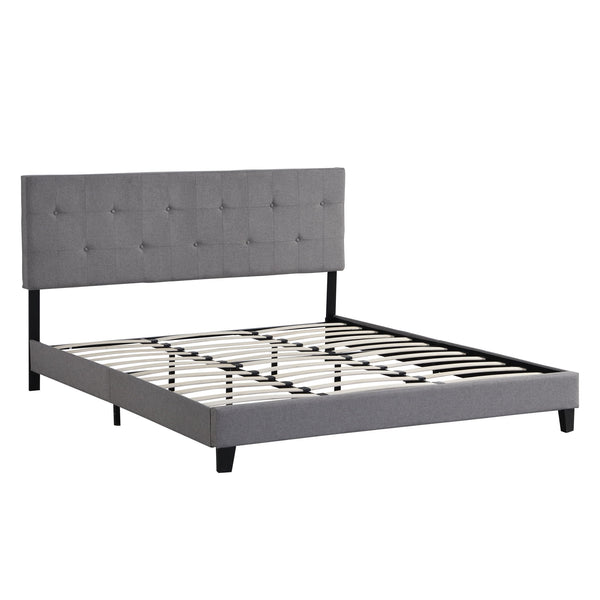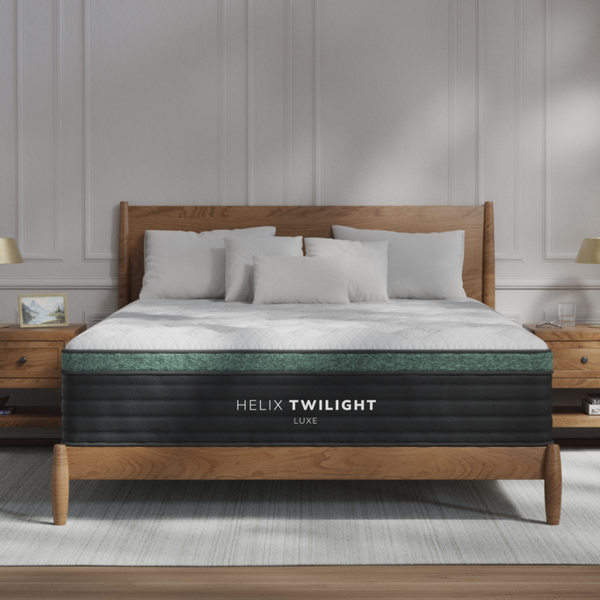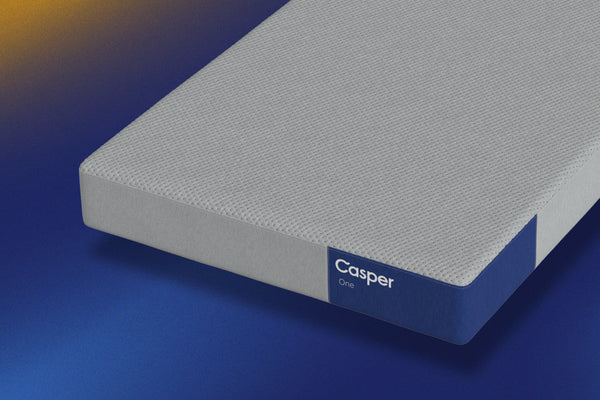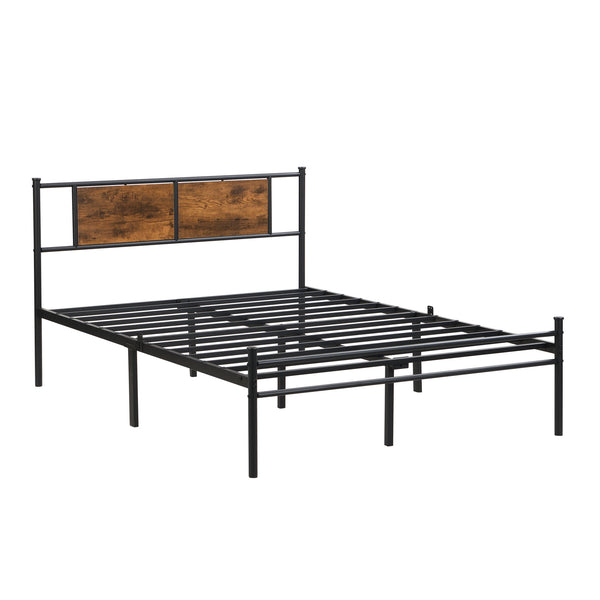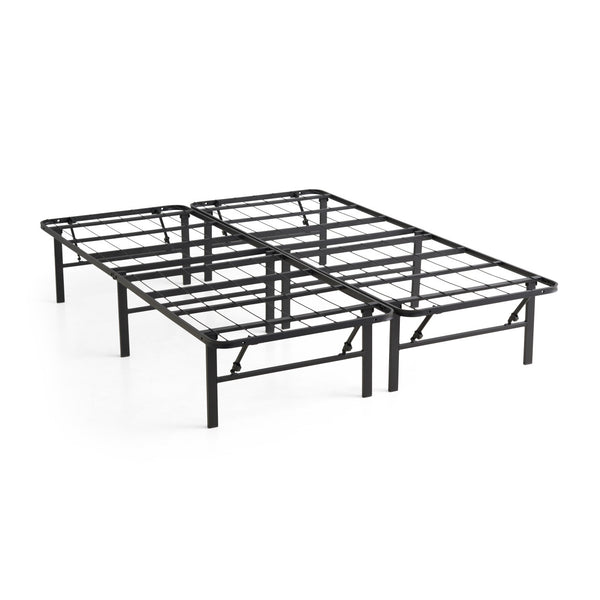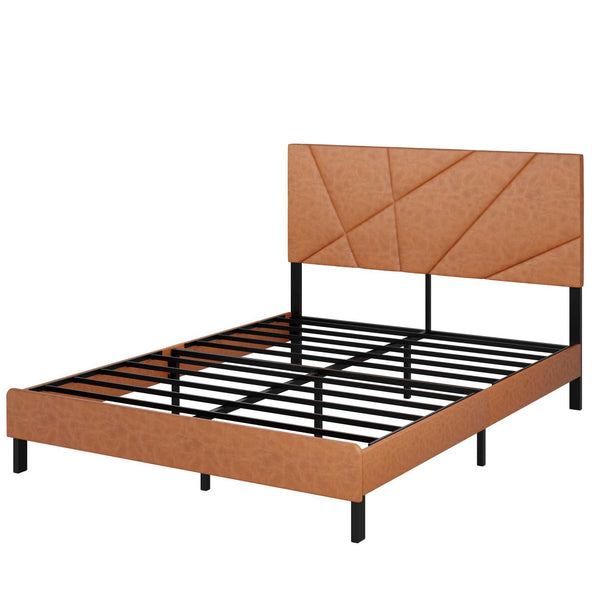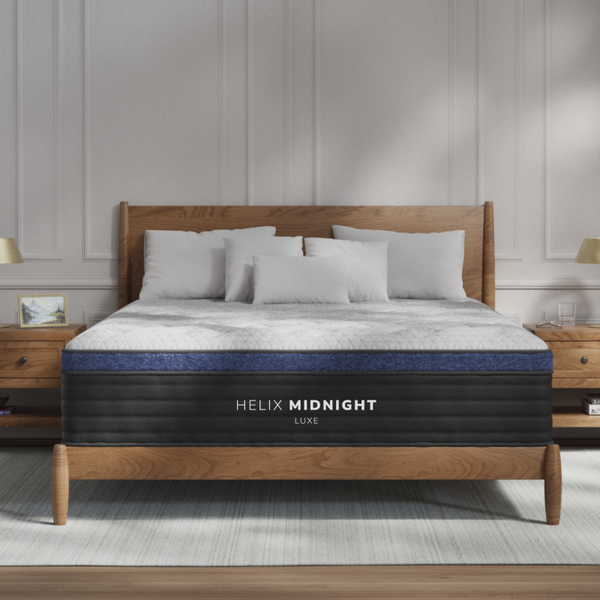
How to Properly Test a Mattress
Selecting the ideal mattress requires careful evaluation. Factors like body weight, sleep position and firmness preference all play into how a mattress feels to you.
As online mattresses have proliferated, it has become easier to find one that meets your specific needs. This guide will assist in testing a mattress properly to ensure it will provide long-term comfort and support.
Comfort
The easiest way to test a mattress for comfort is to lie down and stay in your normal sleeping position, taking note of any support provided to your spine, even weight distribution and softness - either with gentle cradling or firm hugging sensations.
To achieve the most accurate results, it is critical that you spend 10-15 minutes evaluating each mattress in your sleep position for at least 10 minutes before sitting up and testing if sliding your hand under your back is easy or the mattress too firm; otherwise it likely is not appropriate for spinal alignment.
Ideal, when purchasing a mattress, you should test its edge support as this will impact how easily you get in and out of bed. When considering bed-in-a-box brands such as foam bed-in-a-box brands or bed-in-a-box mattress companies with extended trials to find your ideal sleep partner and lifestyle fit, be sure to follow their instructions for getting the most out of them; such as keeping it in a well ventilated room to allow it to fully expand after vacuum shipping.
Durability
When purchasing a mattress, you want to be certain it will last. Finding a comfortable and suitable bed may seem like a daunting task - here are a few strategies that may make the selection process simpler so that you get maximum value from your investment.
One way to gauge a mattress's quality is to look at its certifications. Look for mattresses with the CertiPUR-US label, which shows that materials used have been independently tested to meet environmental and safety standards. Global Organic Textile Standard (GOTS) certification can also help if you prefer more natural options.
An important measure of durability is how quickly the mattress returns to its original shape when compressed. To test this, lie on the mattress and change positions as quickly as possible. Also test its response time by pressing down on its edges, pushing down until its edges sag or feel soft - in either instance it might be worth exploring other options.
Check the stitching and seams of a mattress to assess its longevity over time. In general, they should remain taut without easily dislodging, which indicates high quality craftsmanship and makes for long-term use. Also consider purchasing an extended warranty to protect against defects over time.
Firmness
Firmness should be one of your main considerations when shopping for a mattress, so take time during the trial period to test out different firmness levels in store and at home - both to make sure it fits with your preferred sleeping position and also as part of personal choice; what might feel firm to one may be too soft or firm depending on individual tastes - what works for one may not for others and vice versa.
Firmness in mattresses depends on their overall construction and materials used. Most mattresses contain some combination of mechanical support (such as coil springs) and upholstery to create a comfortable sleep surface, with mattresses with more malleability providing more suppleness while those with rigid structures and more mechanical dependencies generally producing firmer surfaces.
The amount of force exerted by its user on a mattress depends on many variables, including body weight and sleep position. A heavier person may sink deeply into soft mattresses while lighter individuals could find it hard to shift positions without feeling their spine being out of alignment.
Mattress firmness will differ for every person; it's also important to remember that mattress firmness may change over time as your mattress breaks in and becomes softer. If your current mattress becomes less firm over time, switching out for another model might be worthwhile.
Size
An investment like a mattress should be tested thoroughly to make sure it fits you comfortably. To do this, lie on it in your typical sleeping position for at least 15 minutes to give yourself an idea of how it will feel to spend all night sleeping on it. For assistance on how best to test the mattress out, ask a store associate.
Mattress options on the market are abundant and it can be daunting trying to choose one. Online mattress sales provide convenient ways for shoppers to find what fits them, including top-rated brands that scored highly during our tests.
One advantage of buying your mattress online is being able to receive it at home and not have to return it later, perfect for people living in tighter spaces or those who may struggle moving around easily. Furthermore, these beds tend to be much cheaper than in-store options.
A medium firm mattress is best for back sleepers as it prevents them from sinking too deep and straining their spines. To test its support, lie down on it with one hand behind your back; if sliding it in is difficult or easy then that indicates too soft of a mattress while vice versa (if too firm).
Selecting the ideal mattress requires careful evaluation. Factors like body weight, sleep position and firmness preference all play into how a mattress feels to you.
As online mattresses have proliferated, it has become easier to find one that meets your specific needs. This guide will assist in testing a mattress properly to ensure it will provide long-term comfort and support.
Comfort
The easiest way to test a mattress for comfort is to lie down and stay in your normal sleeping position, taking note of any support provided to your spine, even weight distribution and softness - either with gentle cradling or firm hugging sensations.
To achieve the most accurate results, it is critical that you spend 10-15 minutes evaluating each mattress in your sleep position for at least 10 minutes before sitting up and testing if sliding your hand under your back is easy or the mattress too firm; otherwise it likely is not appropriate for spinal alignment.
Ideal, when purchasing a mattress, you should test its edge support as this will impact how easily you get in and out of bed. When considering bed-in-a-box brands such as foam bed-in-a-box brands or bed-in-a-box mattress companies with extended trials to find your ideal sleep partner and lifestyle fit, be sure to follow their instructions for getting the most out of them; such as keeping it in a well ventilated room to allow it to fully expand after vacuum shipping.
Durability
When purchasing a mattress, you want to be certain it will last. Finding a comfortable and suitable bed may seem like a daunting task - here are a few strategies that may make the selection process simpler so that you get maximum value from your investment.
One way to gauge a mattress's quality is to look at its certifications. Look for mattresses with the CertiPUR-US label, which shows that materials used have been independently tested to meet environmental and safety standards. Global Organic Textile Standard (GOTS) certification can also help if you prefer more natural options.
An important measure of durability is how quickly the mattress returns to its original shape when compressed. To test this, lie on the mattress and change positions as quickly as possible. Also test its response time by pressing down on its edges, pushing down until its edges sag or feel soft - in either instance it might be worth exploring other options.
Check the stitching and seams of a mattress to assess its longevity over time. In general, they should remain taut without easily dislodging, which indicates high quality craftsmanship and makes for long-term use. Also consider purchasing an extended warranty to protect against defects over time.
Firmness
Firmness should be one of your main considerations when shopping for a mattress, so take time during the trial period to test out different firmness levels in store and at home - both to make sure it fits with your preferred sleeping position and also as part of personal choice; what might feel firm to one may be too soft or firm depending on individual tastes - what works for one may not for others and vice versa.
Firmness in mattresses depends on their overall construction and materials used. Most mattresses contain some combination of mechanical support (such as coil springs) and upholstery to create a comfortable sleep surface, with mattresses with more malleability providing more suppleness while those with rigid structures and more mechanical dependencies generally producing firmer surfaces.
The amount of force exerted by its user on a mattress depends on many variables, including body weight and sleep position. A heavier person may sink deeply into soft mattresses while lighter individuals could find it hard to shift positions without feeling their spine being out of alignment.
Mattress firmness will differ for every person; it's also important to remember that mattress firmness may change over time as your mattress breaks in and becomes softer. If your current mattress becomes less firm over time, switching out for another model might be worthwhile.
Size
An investment like a mattress should be tested thoroughly to make sure it fits you comfortably. To do this, lie on it in your typical sleeping position for at least 15 minutes to give yourself an idea of how it will feel to spend all night sleeping on it. For assistance on how best to test the mattress out, ask a store associate.
Mattress options on the market are abundant and it can be daunting trying to choose one. Online mattress sales provide convenient ways for shoppers to find what fits them, including top-rated brands that scored highly during our tests.
One advantage of buying your mattress online is being able to receive it at home and not have to return it later, perfect for people living in tighter spaces or those who may struggle moving around easily. Furthermore, these beds tend to be much cheaper than in-store options.
A medium firm mattress is best for back sleepers as it prevents them from sinking too deep and straining their spines. To test its support, lie down on it with one hand behind your back; if sliding it in is difficult or easy then that indicates too soft of a mattress while vice versa (if too firm).

